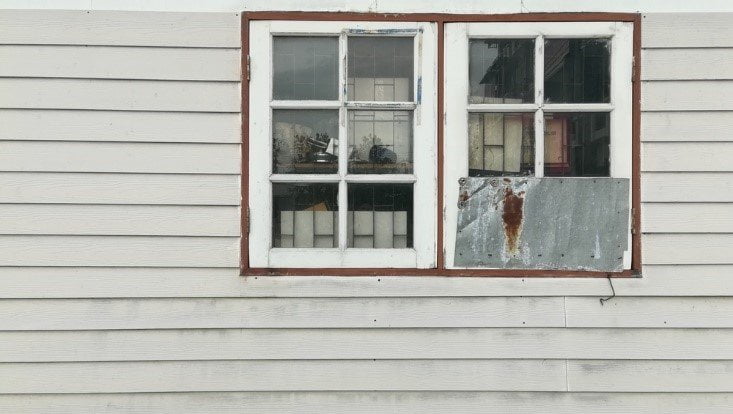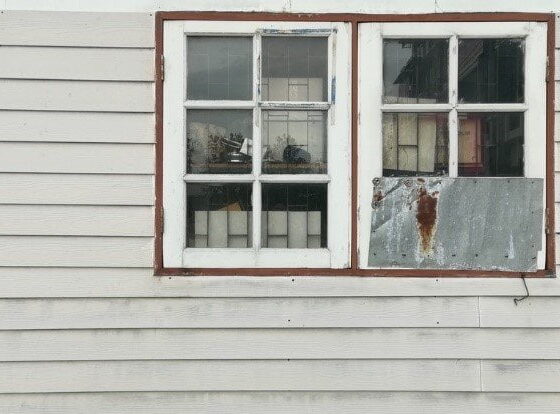Your windows are easily the weakest part of your home. While they might provide gorgeous views, let beautiful quantities of natural light and generally improve the look and feel of your home, your windows simply aren’t as sturdy as the other structural elements of your home. Glass is thin and fragile, and by its very nature it permits the transfer of heat and cold; meanwhile, window casings can have holes or cracks that permit drafts and pests alike.
It seems like common knowledge that windows aren’t particularly energy efficient, especially older windows in older homes. However, the truth is that many windows, even those old varieties, aren’t terrible at keeping the outside out and the inside in.
Do you really have much to worry about the energy efficiency of your windows, or should you spend money updating other energy hogs in your home? This guide will help you find out.
Windows Do Impact Energy Efficiency — but…
In general, older windows aren’t as energy-efficient as new windows. New windows are built with dozens of features that assist them in keeping air and temperature where it is supposed to be. However, that doesn’t mean every homeowner should rush out and replace their windows right now.
Window replacement isn’t the most expensive update you can do to your home, but it certainly isn’t cheap; depending on the type of window you choose, you could be paying between $300 and $1,500 per replacement window — and it’s unlikely you’ll ever get that money back. Even the most effective dual-paned, wood-framed, gas-filled windows only produce between 5 and 15 percent in total energy savings.
This is because windows make up only a fraction of your home’s exterior “envelope,” or its total defenses against weather, temperature and other aspects of the outside environment. The envelope also includes your siding, the insulation inside the walls, your doors, the roof system and more. If you pump all your savings into your windows but allow these elements to remain dilapidated, your efforts and expense will essentially go to waste because you will never recoup the costs of the upgrade from your energy bill.
That’s not to say replacing windows is always unnecessary. If you live in an area where the weather constantly threatens your windows, like Tampa, window replacement is a good idea to fix cracks or holes that have developed over time. However, if you are only considering replacing your windows for the sake of looks or performance, there might be other things you can do before committing to such an expensive update.
Other Ways to Improve Your Windows
The first step to ensuring any element of your home is as energy efficient as possible is always research. You should know everything there is to know about your current windows: when they were installed, what brand of window-maker they come from, what materials make up their glazing and framing, etc. This might require speaking to previous homeowners or calling in a window expert.
Next, you should look into how you can best repair and maintain the windows that you have. Window restoration specialists are capable of fixing nearly any problem with windows, from draftiness to rattling. They can replace broken panes, free up windows that have been painted closed, identify why windows won’t stay open and more. They can even add weather stripping and low-e coatings to pre-existing windows, which can make them nearly as energy-efficient as brand-new ones.
Finally, you can’t expect to ignore window maintenance and continue enjoying energy efficiency. Even new windows require maintenance, so it is a good idea to get in the habit of maintaining your windows properly before you shell out for a full replacement. Some typical maintenance tasks for windows of all ages include:
- Inspecting. Every quarter, you should look over your windows for signs of damage, like cracked panes, splintered frames and more. If you spot damage, call in a professional for help with the fix.
- Cleaning. Not just the glass but the frame requires a regular wipe-down with a damp cloth. This removes dust and dirt that can hide other issues, like cracks and holes.
- Sealing. Gaps around your window are the main source of inefficiency. You should replace rubber seals and caulk as soon as they show signs of wear (i.e. cracking or shrinking).
- Painting. Wooden and metal window frames require repainting every three to four years to keep them safe from the elements. Be careful not to paint over moving parts.
You can’t — and shouldn’t want to — eliminate your windows entirely. Just because windows aren’t always energy efficient doesn’t mean they aren’t valuable additions to your home. With the right care, any window can become more energy efficient, but if you have the budget, a full upgrade isn’t a bad idea, either.


 Environment10 months ago
Environment10 months agoAre Polymer Banknotes: an Eco-Friendly Trend or a Groundswell?

 Environment12 months ago
Environment12 months agoEco-Friendly Home Improvements: Top 7 Upgrades for 2025

 Features9 months ago
Features9 months agoEco-Friendly Cryptocurrencies: Sustainable Investment Choices

 Features10 months ago
Features10 months agoEco-Friendly Crypto Traders Must Find the Right Exchange



















